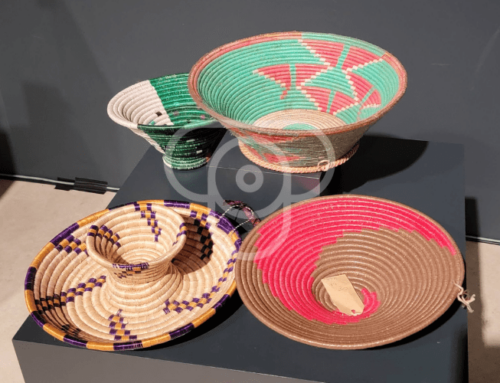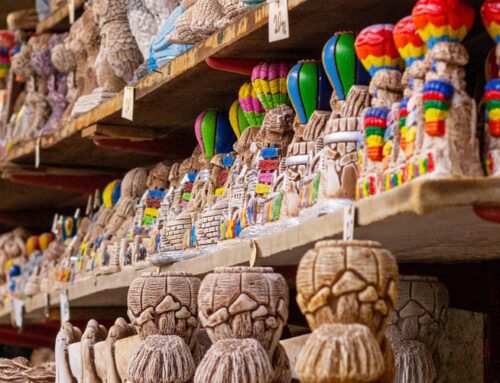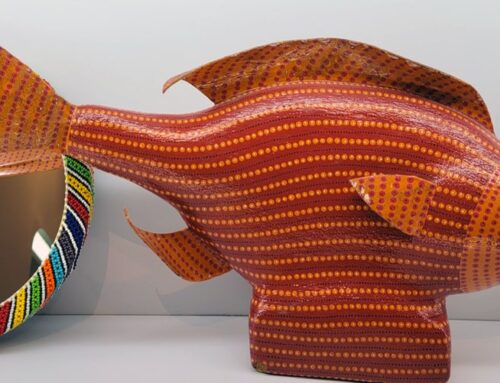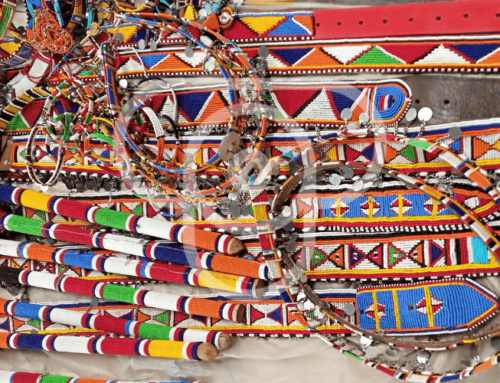A Window into Senegalese Crafts
If you’re up for a path less traveled, then it’s time to head to Senegal. Tourists sometimes miss this West African country, but those who make the effort to come are rewarded with a rich tapestry of cultures and a flourishing arts scene. Senegal’s traditional crafts, which range from textiles to wood carving, ceramics to metalwork, are a real representation of the country’s cultural past.
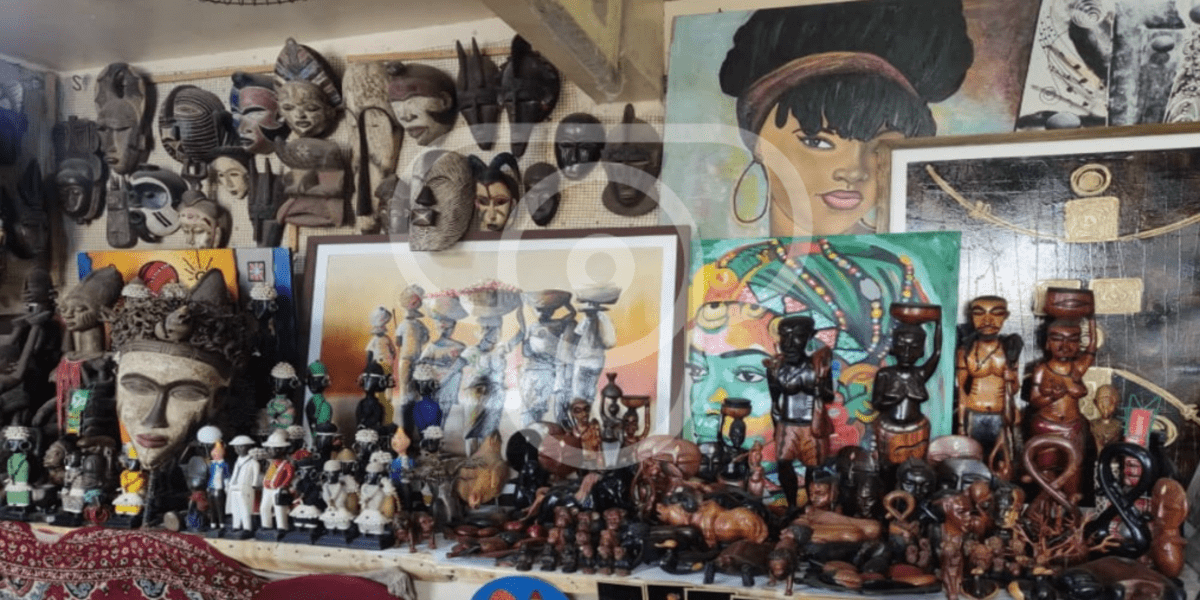
Viewing the artists up close is one of the finest ways to appreciate the beauty of Senegal’s handicrafts. Vendors offer everything from brightly colored fabrics to intricately carved wooden bowls in Dakar’s crowded marketplaces. Although if you really want an insight into the real work of art, you should venture beyond the major cities and visit the workshops of artisans to get a real insight into how they create their masterpieces.
Here are some of the must-have Senegalese handicrafts:
Basketry
An age-old craft, basketry is performed by several ethnic groups in Senegal. The baskets are often fashioned in various beautiful patterns and motifs using native grasses or reeds. While some baskets are solely aesthetic, others serve more useful functions like transporting groceries or holding meals. You may watch women craftspeople producing traditional baskets by hand in the village of Guet Ndar in Saint-Louis’ northern district if you go there.

Wood Carving
Senegal’s woodcarving culture is growing, producing wonderful sculptures, masks, and other decorative things. Carving tools like chisels and knives are used to carve the wood, which is typically collected from a nearby baobab tree. The community of Ziguinchor, located in southern Casamance, is one of Senegal’s most well-known woodcarving towns. You may browse the shops, watch the artisans at work, and purchase one-of-a-kind, handcrafted mementos here.
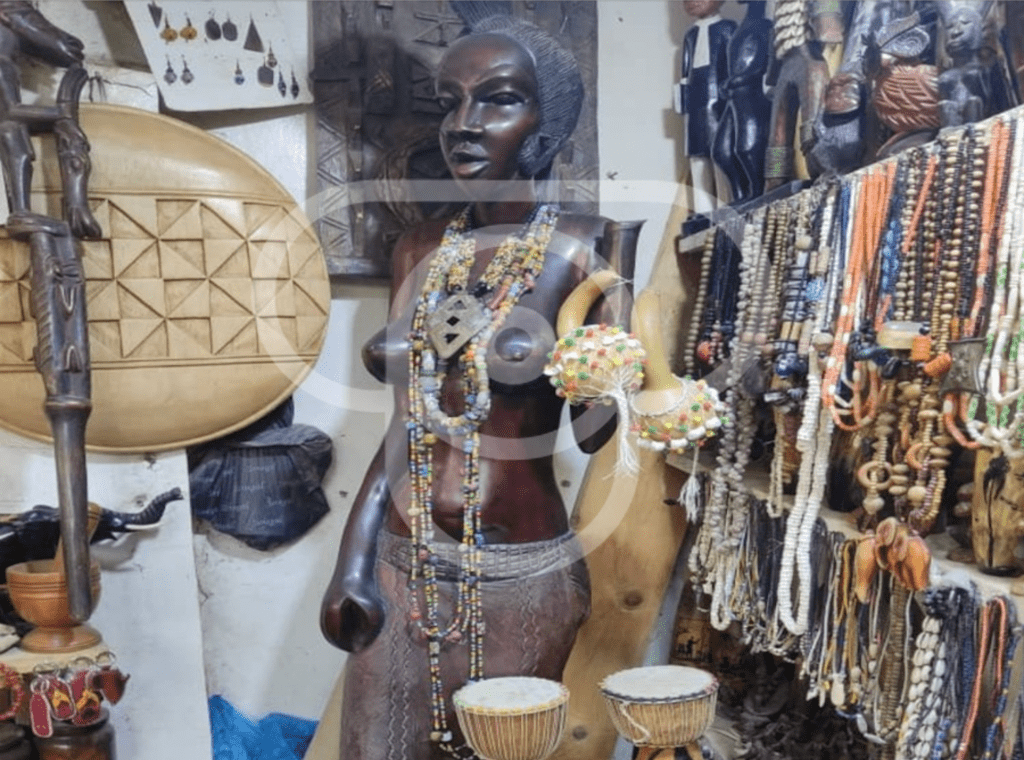
Textiles
Senegal is famed for its vibrant textiles, many of which are produced using time-honored techniques like batik and tie-dye. The most popular textile in Senegal is the wax print, which is used regularly for both clothing and home decor. Wax prints have striking, eye-catching motifs. In Saint-Louis, a city renowned for its textile industry, you may go to the local markets to purchase real textiles made by local artisans.
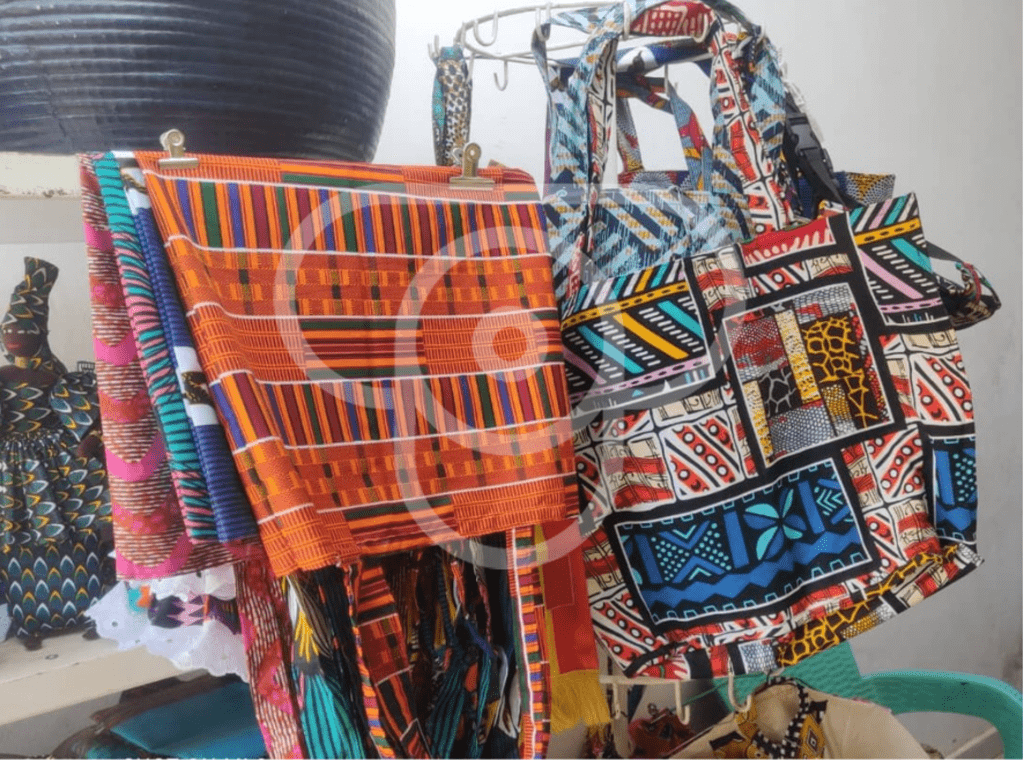
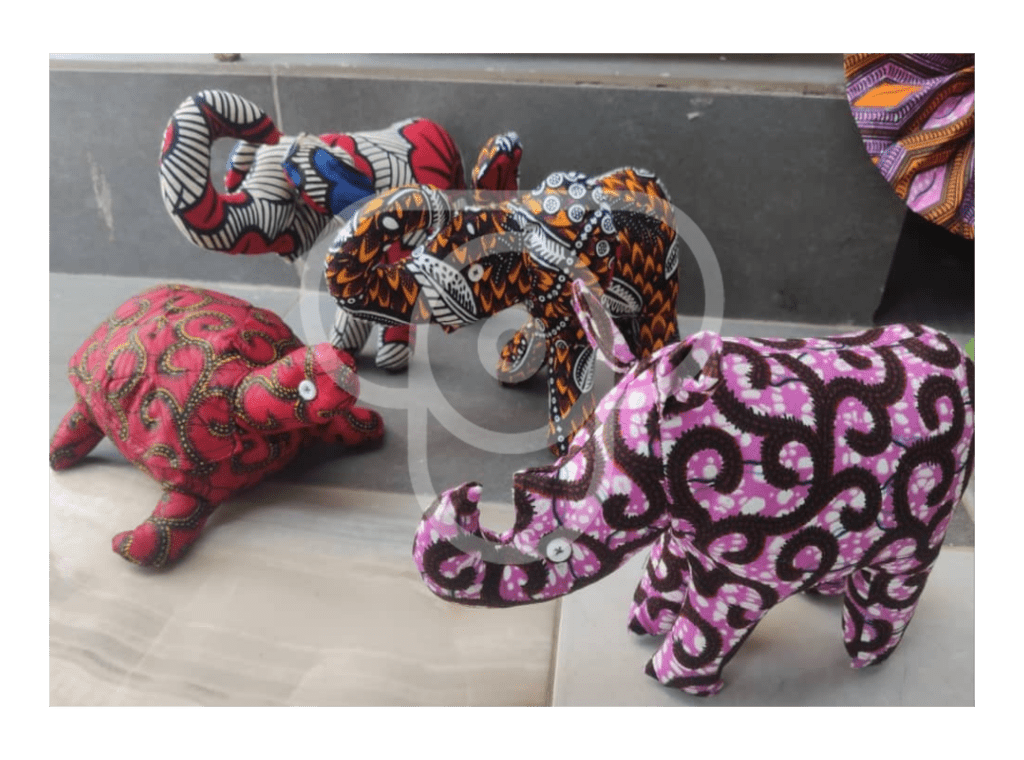
Jewelry
Senegal is home to a number of expert jewelers who create stunning pieces from a variety of materials, including gold, silver, beads, and cowrie shells. One of the most well-known items of Senegalese jewelry is the talisman necklace, which is made of leather and features a number of charms and amulets. The Sandaga Market in Dakar has a significant assortment of jewelry made locally.

Pottery
Senegalese pottery is noted for its subdued hues and simple designs. The products that potters create include elegant bowls and vases in addition to traditional cooking pots. The pottery business in the town of Thies is well-known; you may visit studios to see potters at work and purchase one-of-a-kind, handcrafted ceramics.
Leatherwork
Senegal has a long-standing tradition of using leather to create exquisite handbags, belts, shoes, and other accessories out of locally sourced materials. The prime example of this craft is The Fulani hat; it has a combination of fiber and leather pieces with intricate stitching and beads. The Soumbedioune Market in Dakar offers a variety of handcrafted leather products made by local artisans.
Metalwork
Senegalese craftsmen use metal creatively to compose a wide variety of goods, including jewelry, sculptures, and furniture like lamps and candlesticks. The most famous example of Senegalese metalwork is the Touba jewelry, which is made of gold or silver and features intricate geometric patterns. You can find a variety of locally produced metalwork by talented artisans at the HLM Market in Dakar.
Traveling to Senegal will be a unique experience because of the welcoming people, rich culture, and custom of handing down one’s abilities from generation to generation. You support the preservation of a rich cultural legacy in addition to bringing home a one-of-a-kind work of art when you buy products made locally by craftsmen.


